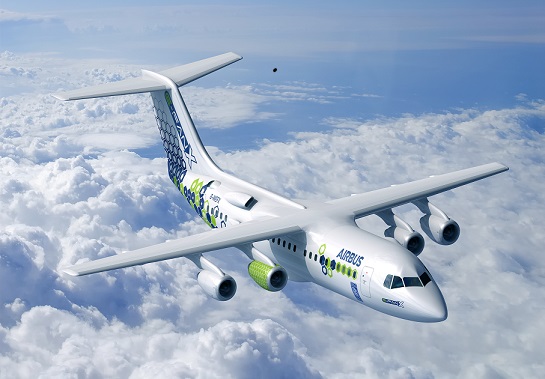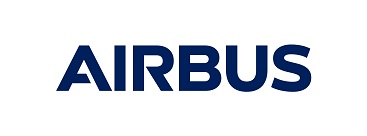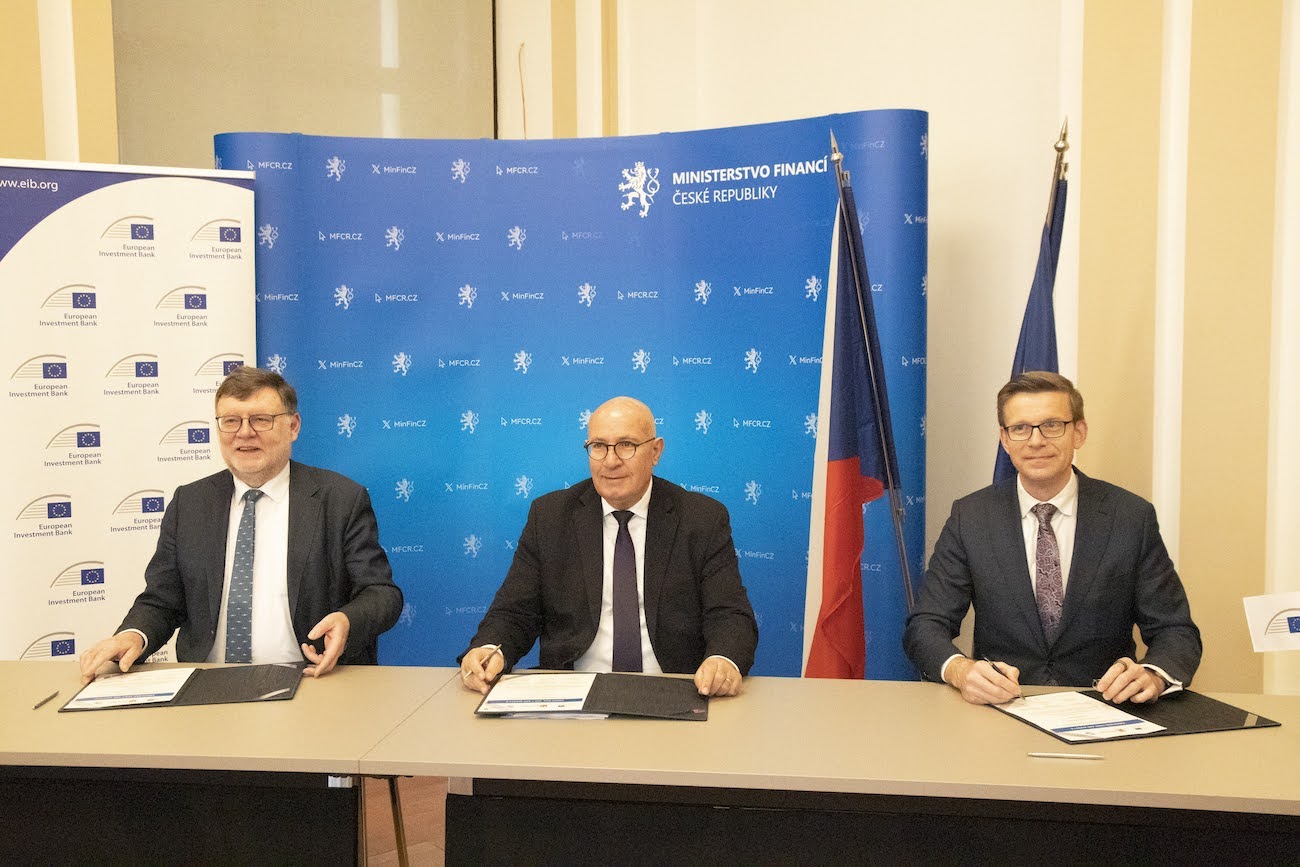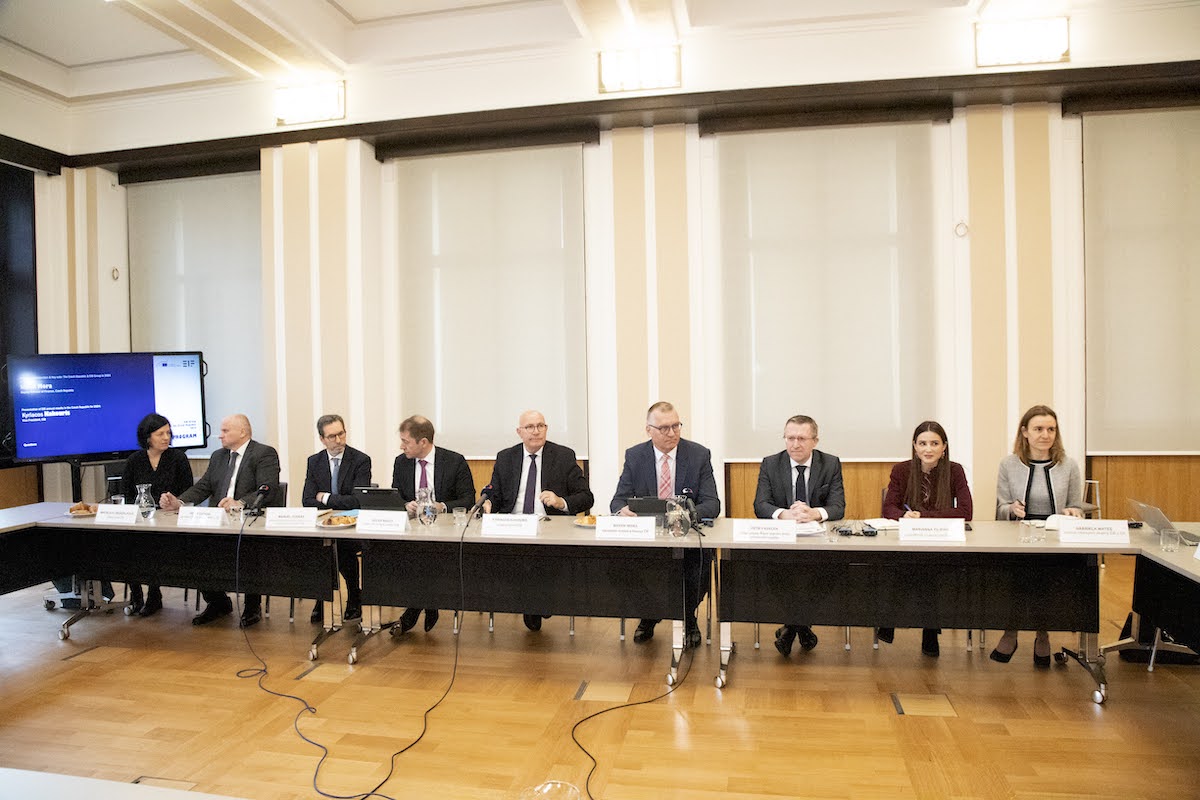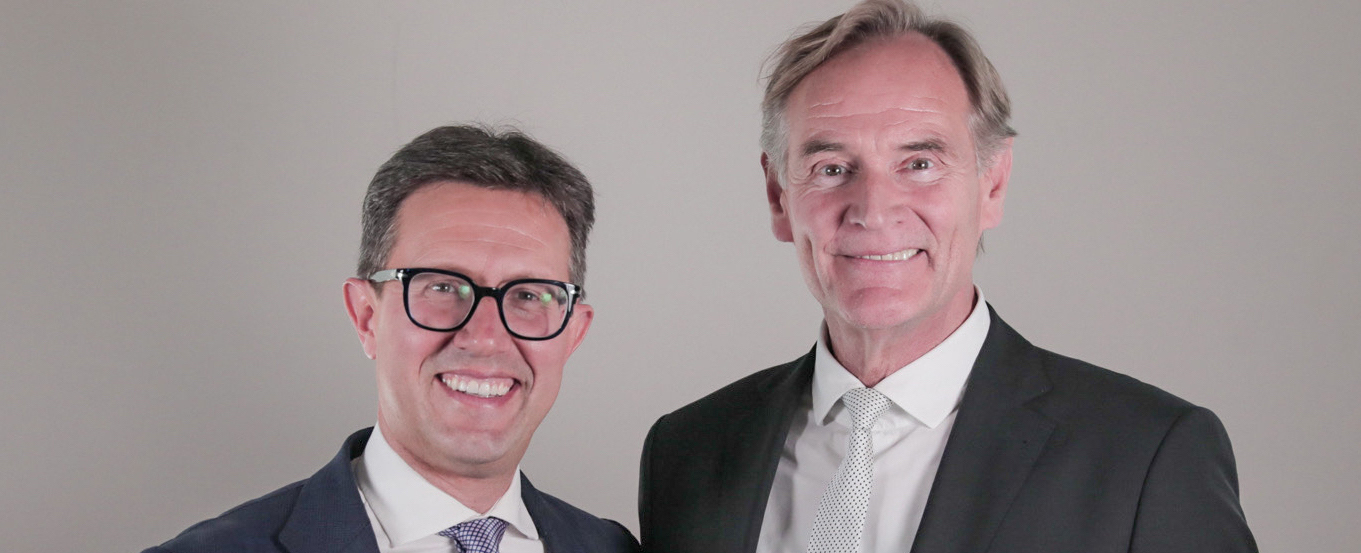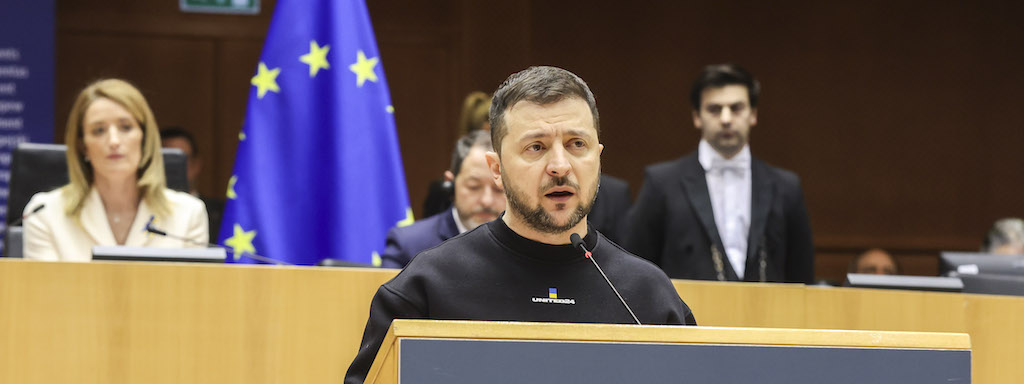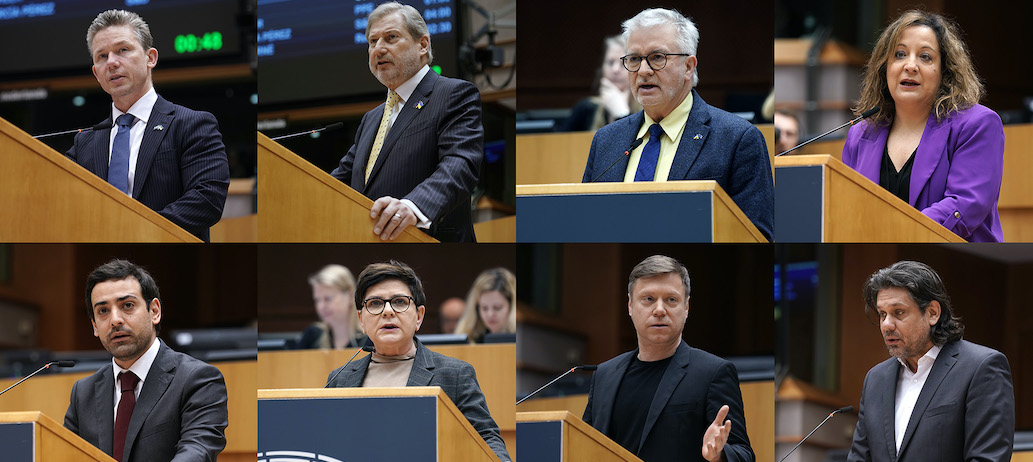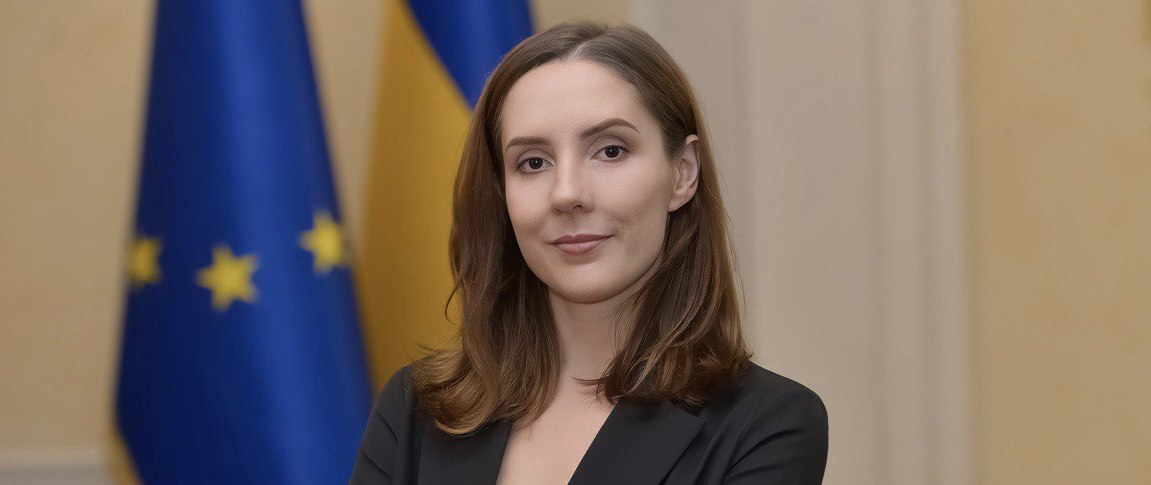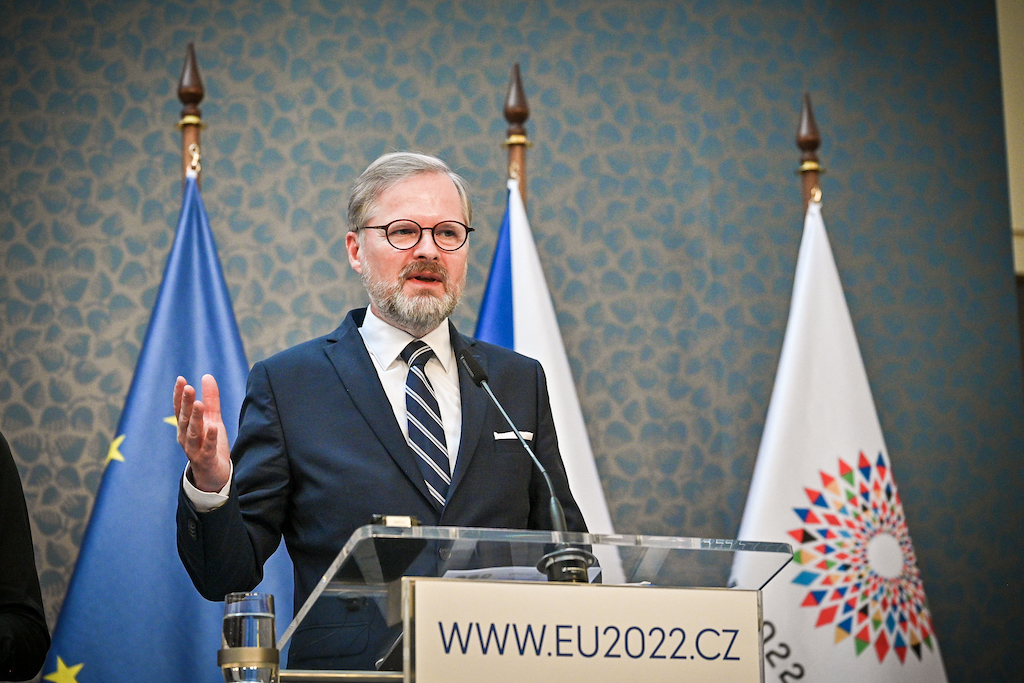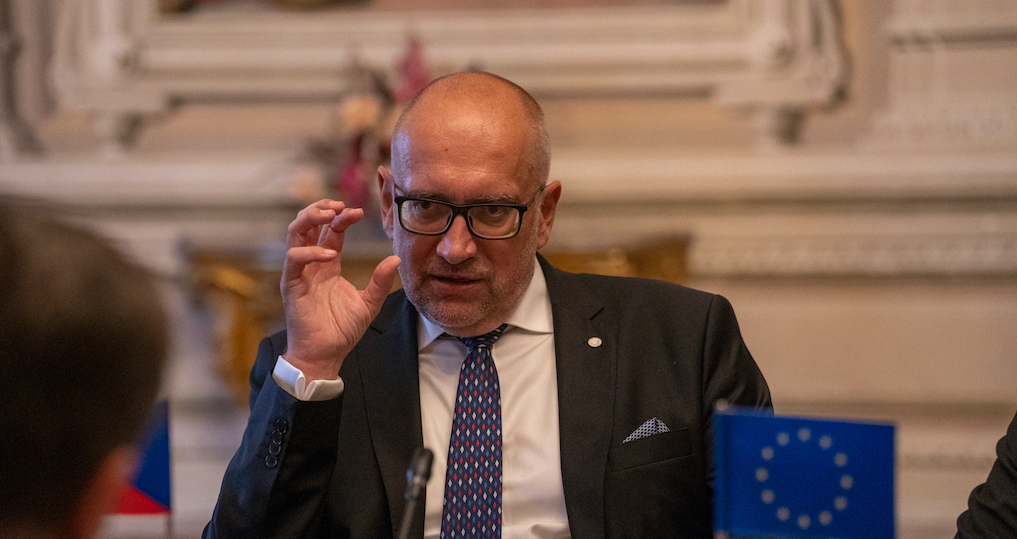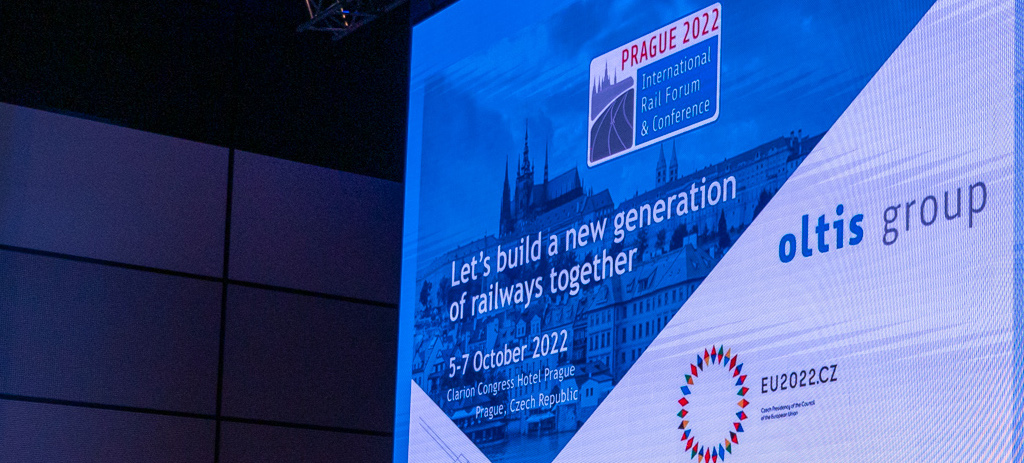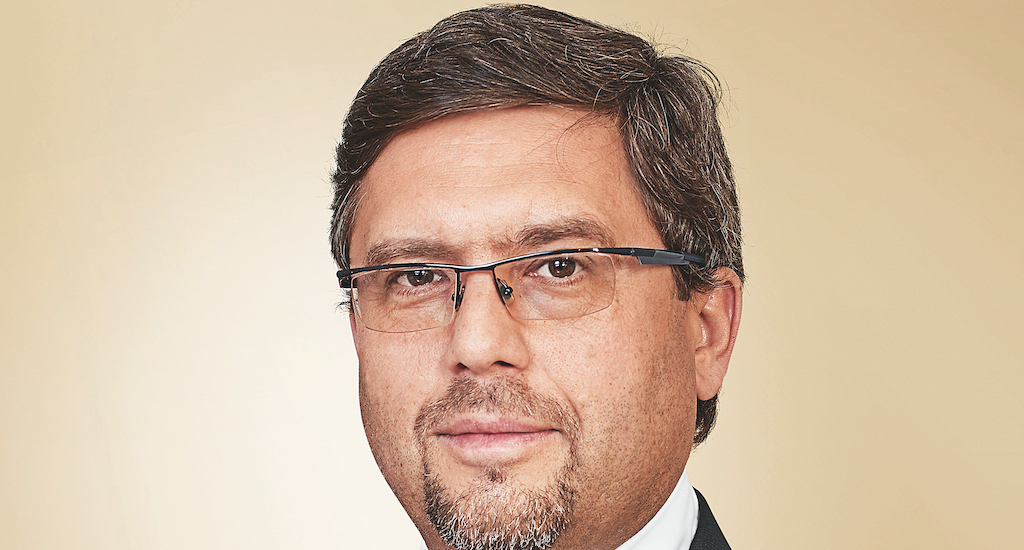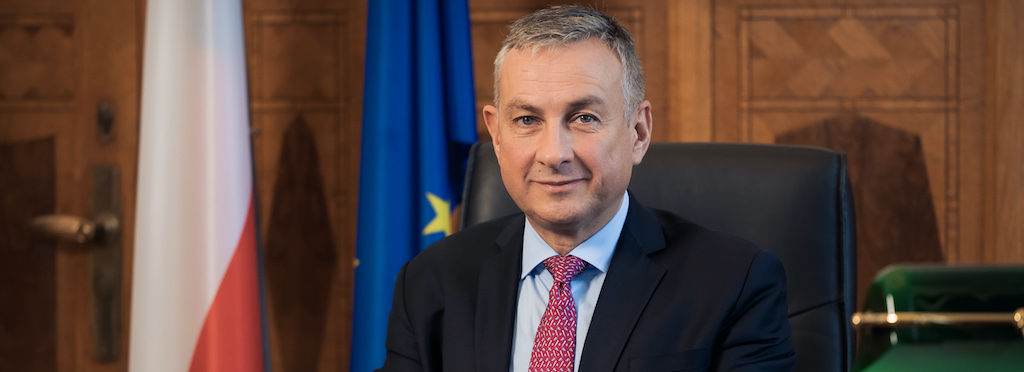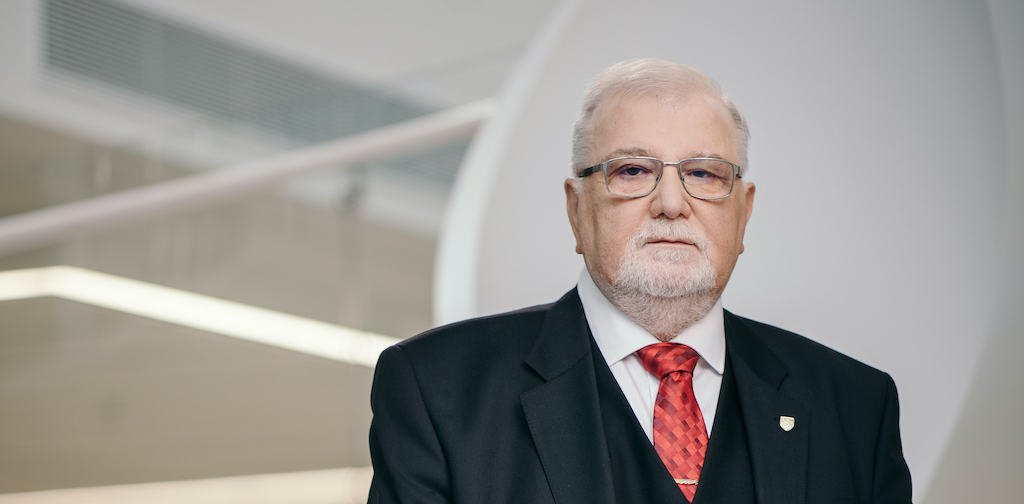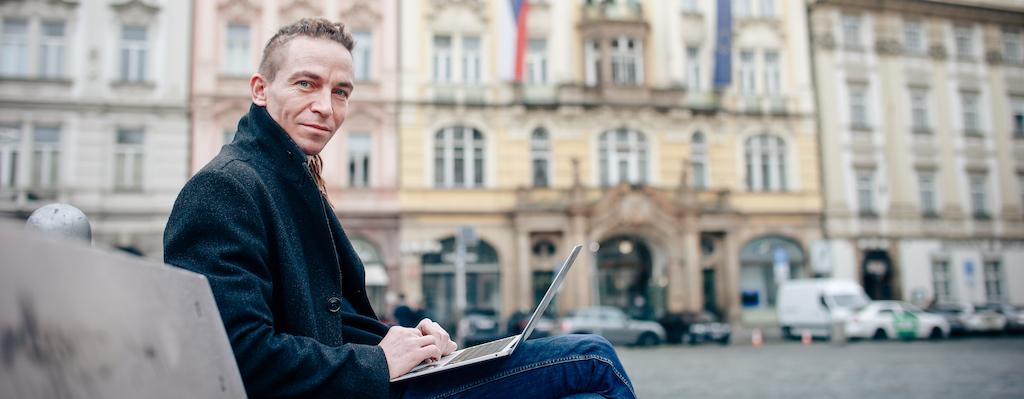 Under the Paris Agreement and the European Green Deal, what kind of technologies and innovations are in the making for sustainable aviation? And within what time period will they be available?
Under the Paris Agreement and the European Green Deal, what kind of technologies and innovations are in the making for sustainable aviation? And within what time period will they be available?
Air transport plays an essential role in economic development and land use planning. It responds to a real societal demand: more than 60% of French people have previously travelled by air and 30% travel by air at least once a year. But the future growth will come mainly from the Asia-Pacific region. In fact, 50% of new passengers will come from India or China.
Given this situation, the solution lies in the revolution towards sustainable air transport on a global scale. The ultimate solution to this huge challenge is technological innovation. A typical new generation Single Aisle aircraft coming off the production line today (e.g. A350 or A320neo) emits around 50 grams of CO2 per seat kilometre, equivalent to 2 litres fuel burn per passenger for 100km. Air transport accounts for 2% of humanity’s CO2 emissions. It is considerably lower than the Internet, but we need to go further. Europe is at the forefront of this transformation and at Airbus, we see this as an opportunity. There have seldom been times in the history of aeronautics that required such profound industrial and technological changes.
In the European Green Deal, the European Commission aims for a carbon neutral Europe by 2050. In order to contribute to the achievement of this goal, Airbus and the entire industry have already set themselves clear targets: the stabilisation of global carbon emissions as of this year and reducing CO2 emissions by half by 2050 (compared to 2005 levels).
Everyone is aiming for a “zero emission” scenario. Today, our industry is beginning to see the possible technological paths to get there. This remains very difficult and requires colossal investments over time, but there are several ways to achieve this goal.
To develop a low-emission aircraft, Airbus engineers must work on several levers at the same time, in a coherent and simultaneous manner: new aircraft design, lighter materials, new propulsion systems, new fuels (biofuels, synthetic fuels, even hydrogen), a greater autonomy and electrification. The final solution will be a combination of the different elements, accelerated by digital processes.
It is in this spirit that Airbus has already flown a number of “zero emission” aircraft. The prototype for the electric aircraft, the E-Fan 1.0, was the first important demonstrator. Since then, Airbus has flown Vahana 1-seat demonstrator, which has now accumulated more than 90 flights. The City Airbus 4-seat demonstrator had its first flight on 3rd May, 2019 and has now started a rigorous flight test campaign. Airbus recently opened an “E-Aircraft Systems Test Facility” where electric and hybrid propulsion systems are developed. To further develop and take these technologies to commercial aviation, Airbus has also launched the E-FAN X demonstrator, which will make its first flight in 2021.
Airbus’ main ambition is to develop the very first low-emission aircraft, intended to be ready to fly by 2035. The Clean Sky Joint Undertaking, grouping European Union projects, can significantly contribute to this end.
While waiting for the implementation of these disruptive technologies, what alternative short-term solutions can be envisaged to reduce CO2 emissions?
Distinguishing time periods is very important to guarantee a progressive decarbonisation of our industry on a global scale. The reality is that the sector’s environmental transition has already been initiated: CO2 emissions per passenger have been divided by 5 in 60 years and have decreased on average by 2% each year since 2000. Every new generation of Airbus aircraft emits between 15% and 25% less CO2 than its predecessor. The latest generations only emit around 2 liters per 100km per passenger, equivalent to 50 grams of CO2 per seat-kilometer. Accordingly, the first part of the journey (next 10-15 years) will be to improve the fuel-efficiency of today’s aircraft through lightweight materials and new engine technology.
Alternative or sustainable fuels also have a potential to reduce substantially the carbon intensity of commercial aviation and can start to bring results in the short term. They are already certified and can deliver impressive emission reductions – between 60% and 80%. However, the right incentive policies and funding are still needed to scale them up in sufficient quantities at reasonable cost.
Consequently, solutions include fleet renewal, the use of sustainable alternative fuels (including the use of hydrogen), an improvement of infrastructures and the effective implementation of an international programme to reduce emissions.
How to optimize European air traffic? What do you think of the “Single European Sky” and what can we expect from it?
Improving air traffic management in Europe is another short-term solution to reduce CO2 emissions.
Several industrial partners – including Airbus – have cooperated in the SESAR (Single European Sky ATM Research) research programme to develop innovative solutions aiming at optimizing operational concepts in air traffic. One of the flagship projects is the promotion of optimized trajectories for aircrafts, making it possible to better manage future growth in air traffic while minimizing the environmental impact.
The realisation of a Single European Sky would complement these innovations since it would revolutionise the European Union’s airspace by eliminating ineffective air routes. The European Aviation Safety Agency (EASA) estimates that a 6% reduction in CO2 emissions can be achieved in this way.
The Green Deal is accentuating the momentum to finally move forward on this file and we support the European Commission’s political approach. A breakthrough would indeed allow a more rapid market uptake of key operational concepts and technologies. This would, in turn, improve the overall performance of air traffic.
What do you think about the EU emission quota trading system (EQTS) and the international emission reduction program (CORSIA)?
Airbus considers CORSIA to be the first important step towards a global sustainable aviation. It can be improved, but it is the only worldwide solution to offset aviation emissions. It is absolutely necessary to strengthen it and make it work. We understand that regional adaptations may be required to achieve EU targets, while also avoiding market distortion and observing aviation’s international nature.
In conclusion, what are your expectations and the message you would like to send to national and European political decision-makers?
In order for Europe to be at the forefront of the environmental transition in air transport, public authorities must support the movement launched by the sector. To this end, it is essential to support the significant investments necessary for aeronautics research, in particular through the European public-private partnerships “Clean Sky” and “SESAR”. The solution can only be found in technological innovation.
In addition to supporting the CORSIA global scheme, it is necessary to guarantee the consistency of the carbon tax system implemented in Europe to ensure that it participates to the financing of the sector’s environmental transition.
We are calling for infrastructure investments in order to make new energies available for airlines. Encouraging the use of new sustainable fuels is also important in order to create a real sustainable aviation fuel market in Europe. In the future, there will be a need to prepare the development of the hydrogen sector and other carbon-free electricity production sources. This is a major challenge: all modes of transport will need a primary source of low-carbon energy. It is up to the institutions to create this ecosystem.
All of these elements will make it possible in the future to reconcile traffic growth and a reduction in emissions.
Airbus
Avenue Marnix 28
B – 1000 Brussels




